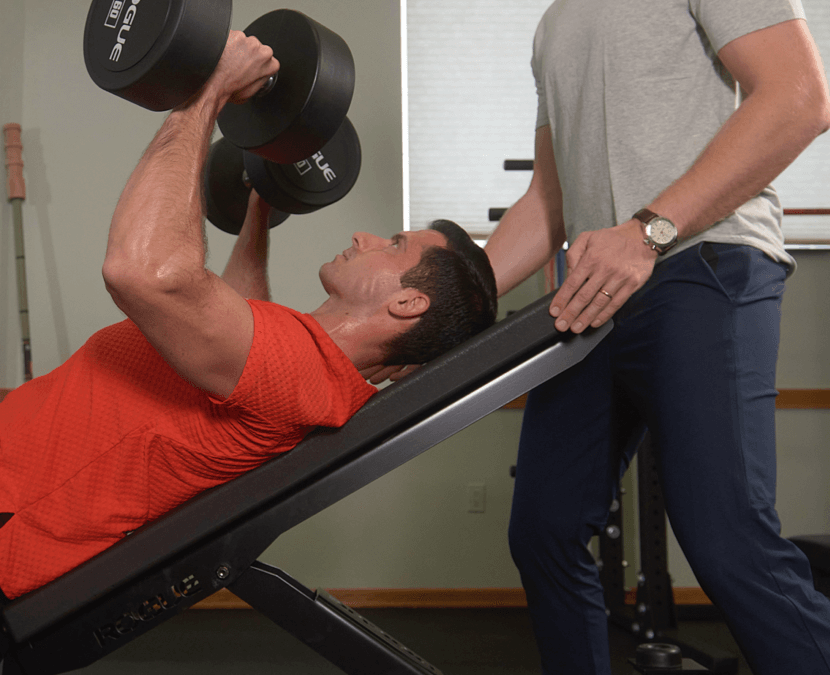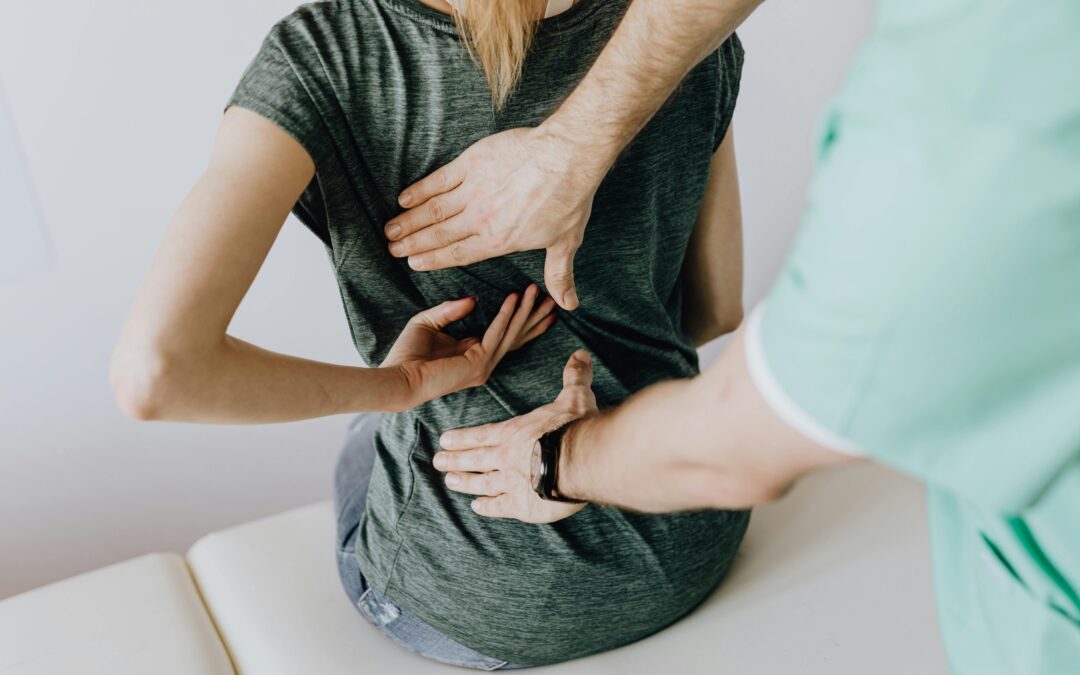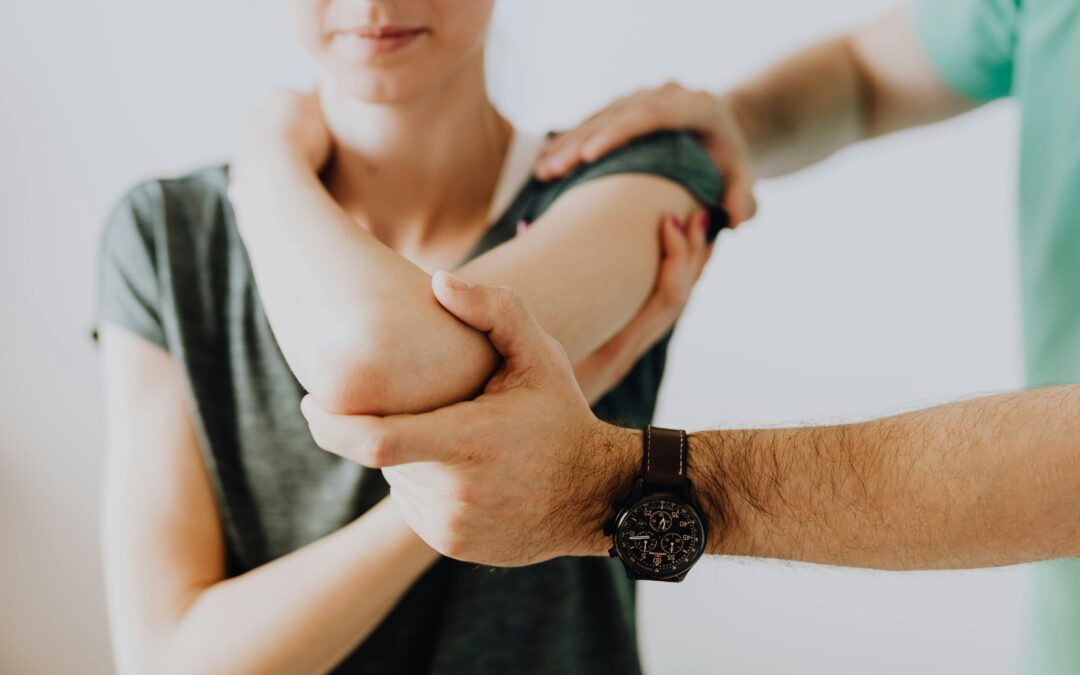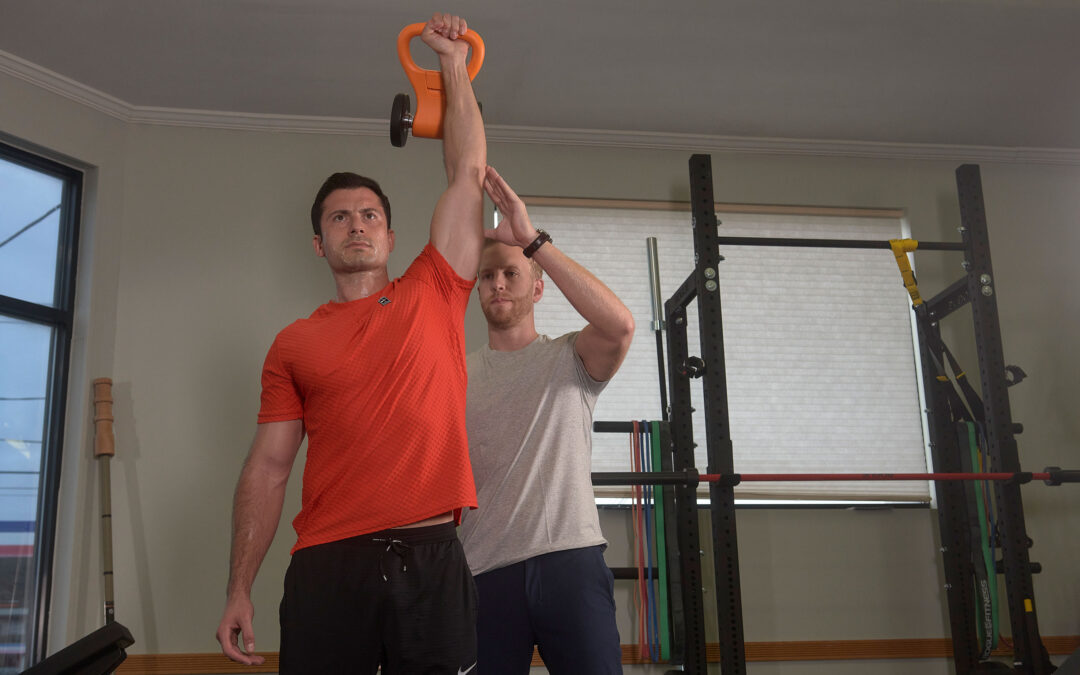
Performance Therapy vs. Traditional Physical Therapy: Which Is Better for Long-Term Results?
If you’re dealing with pain, recovering from an injury, or looking to improve your athletic performance, you’ve likely been told to try physical therapy. But there’s a new approach gaining traction—performance therapy—and it might be a better fit, especially if your goal is to return to full function, strength, and mobility.
In this post, we’ll break down the key benefits of performance therapy over traditional physical therapy, so you can make an informed decision about your recovery and long-term health.
What Is Performance Therapy?
Performance therapy is a modern, movement-based approach that blends physical therapy, strength and conditioning, and sports performance training. Unlike traditional PT, which often stops once pain subsides or insurance coverage ends, performance therapy focuses on restoring full-body function and enhancing physical performance—whether you’re an athlete or an everyday active adult.
Key Differences Between Performance Therapy and Traditional Physical Therapy
| Feature | Traditional PT | Performance Therapy |
|---|---|---|
| Focus | Pain relief, basic rehab | Full recovery + optimal movement |
| Duration | Often limited by insurance | Goal-based, longer-term progress |
| Approach | Isolated exercises | Whole-body, functional movement |
| Ideal for | Acute injuries, post-op rehab | Athletes, active adults, chronic issues |
| Equipment | Minimal, clinical settings | Gym-based tools, dynamic exercises |
Top 5 Benefits of Performance Therapy
1. Functional Movement Focus
Performance therapy treats the cause of dysfunction, not just the symptoms. By analyzing your movement patterns—walking, running, squatting, lifting—it addresses biomechanical imbalances and corrects them at the source.
2. Improved Strength and Mobility
Whereas traditional PT may stop at basic strength and range-of-motion goals, performance therapy goes further. It builds real-world strength, power, and mobility that applies to your sport, job, or daily life.
3. Individualized, Athletic-Based Programming
No cookie-cutter rehab plans here. Performance therapists create a customized training protocol based on your sport, goals, injury history, and movement assessment.
4. Bridging the Gap Between Rehab and Fitness
Performance therapy fills the gap between recovery and peak performance—so you don’t regress, re-injure, or plateau after discharge from traditional PT.
5. Injury Prevention
By correcting movement deficiencies and improving neuromuscular control, performance therapy helps reduce the risk of future injuries—whether you’re an athlete or just staying active.
Who Should Choose Performance Therapy?
Performance therapy is ideal for:
- Athletes (youth to pro) returning to sport
- Active adults managing recurring injuries or movement limitations
- Post-rehab clients seeking next-level recovery
- CrossFit, runners, and gym-goers wanting to move and lift better
- Chronic pain sufferers who’ve plateaued with traditional PT
Does Insurance Cover Performance Therapy?
Typically, performance therapy is not insurance-based—but that’s part of its strength. It removes limitations like visit caps, restrictive treatment codes, or rushed appointments. Most providers offer private pay packages, and many clients use FSA/HSA funds for reimbursement.
Real Results, Long-Term Benefits
If you’re tired of short-term relief and want to truly regain control of your body, performance therapy offers a smarter path forward. By integrating physical therapy principles with athletic training, it delivers better outcomes, faster recovery, and more durable results.
Need Help Deciding?
Whether you’re dealing with chronic pain, coming off an injury, or training for your next PR, a performance therapist can build a plan that works—for your body and your goals.
Contact a certified performance therapist near you to schedule a movement assessment today.




